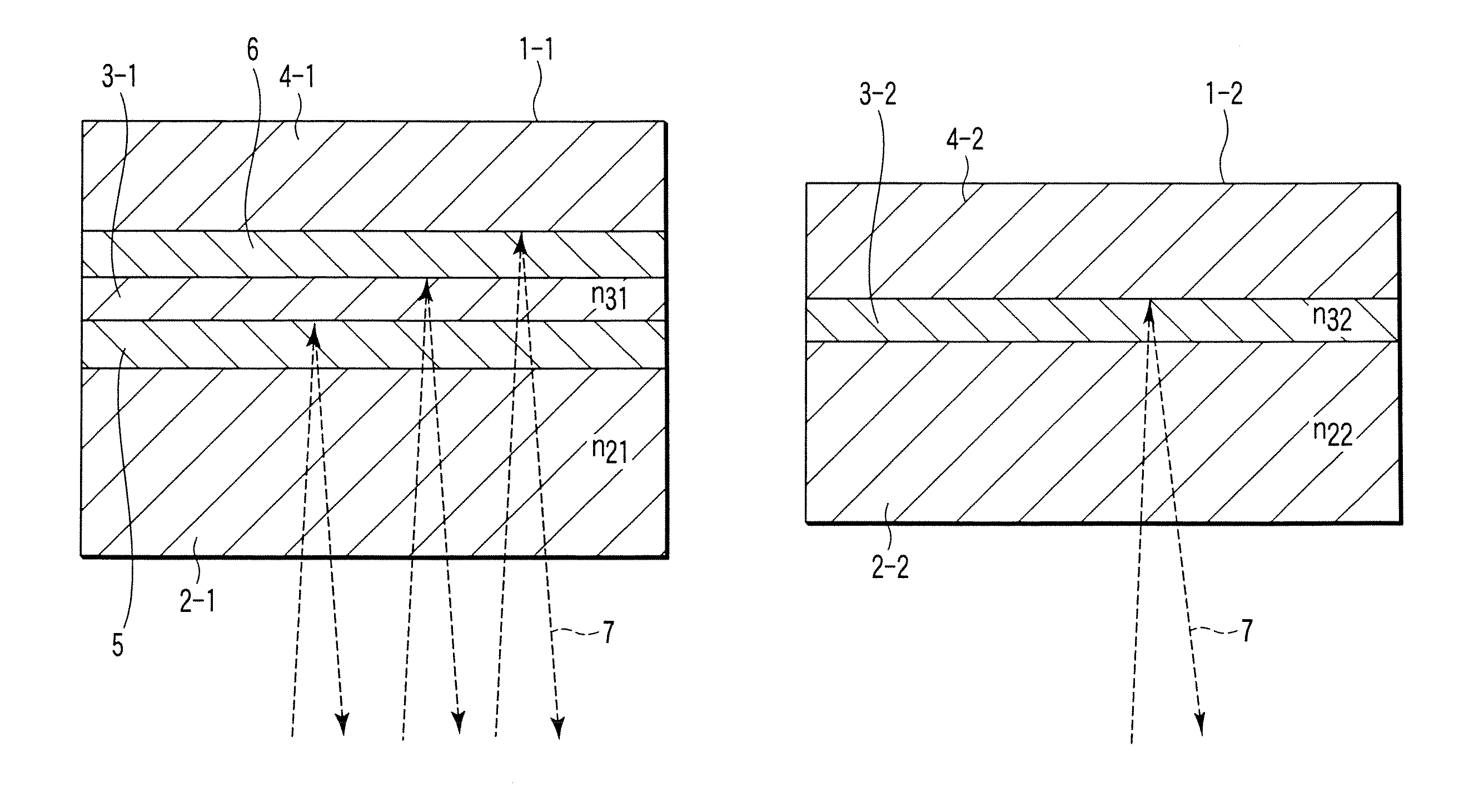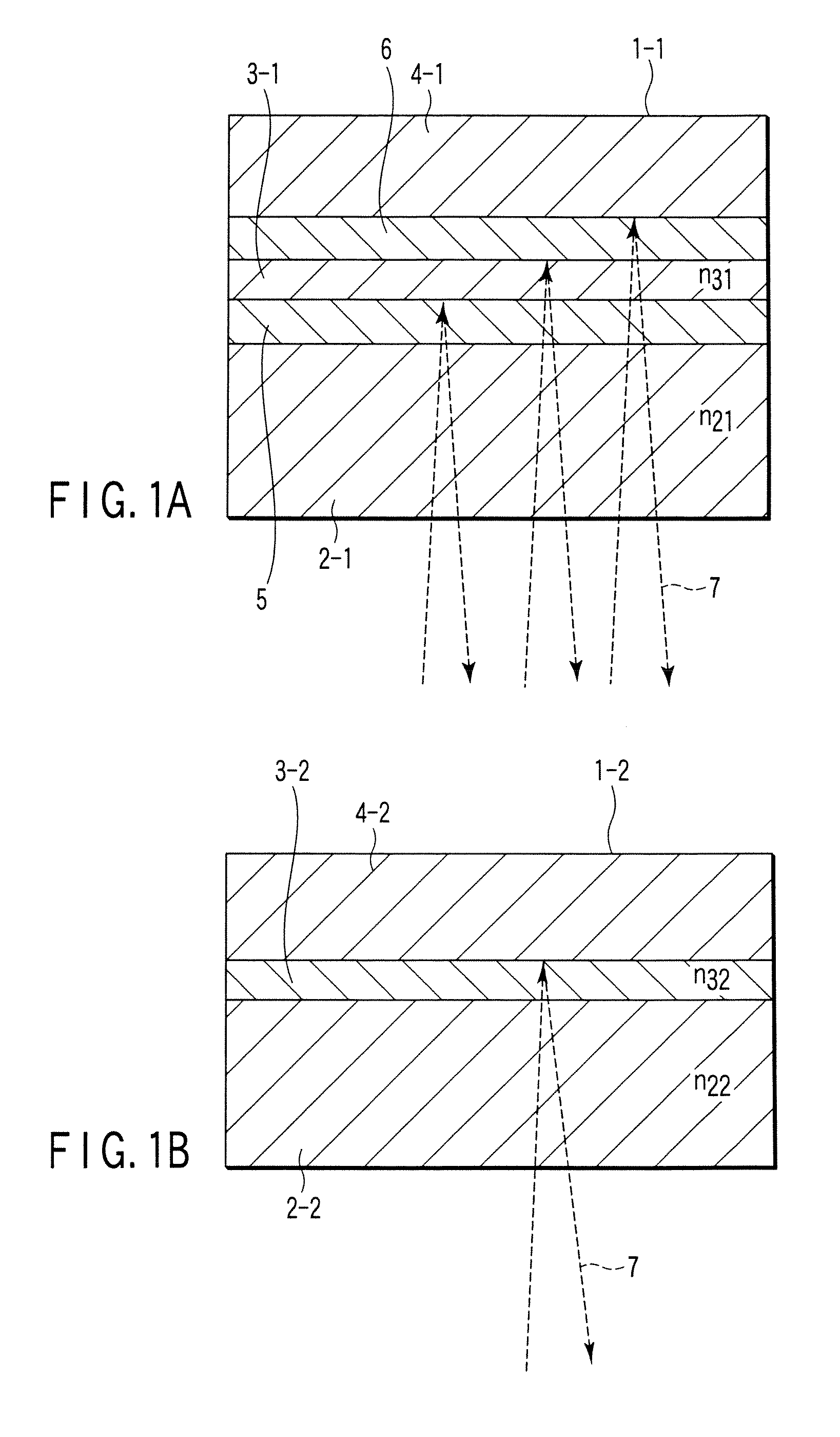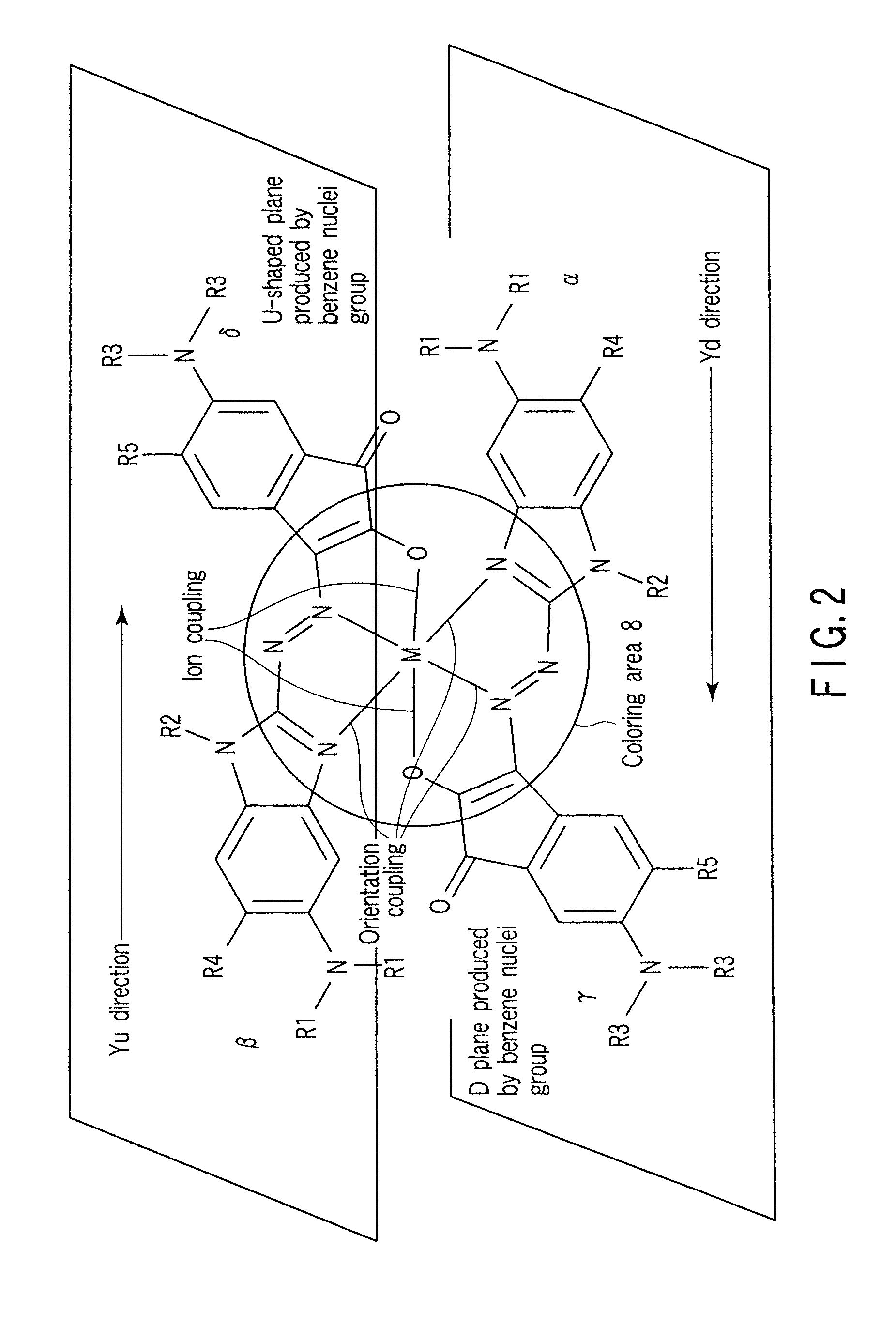Information storage medium, recording method, and recording apparatus
a technology of information storage and recording apparatus, applied in the field of information storage medium, can solve the problems of reducing the capacity of the data area, unable to reproduce sufficiently reliable information from the part on which information is recorded with an unadjusted recording waveform, and predetermined area capacity, etc., to achieve high density, improve recording sensitivity, and high speed recording
- Summary
- Abstract
- Description
- Claims
- Application Information
AI Technical Summary
Benefits of technology
Problems solved by technology
Method used
Image
Examples
Embodiment Construction
[0096]Various embodiments according to the invention will be described hereinafter with reference to the accompanying drawings. In general, according to one embodiment of the invention, an information recording method which records information on an information storage medium in which layer 0 and layer 1 are sequentially arranged as recording layers from a read surface; a system lead-in area, a data lead-in area, a data area, and a middle area are sequentially arranged from an inner circumference of the layer 0; a system lead-out area, a data lead-out area, a data area, and a middle area are sequentially arranged from an inner circumference of the layer 1; a guard track zone is arranged on a side of the data area in the data lead-out area; and a reference code zone, an R physical format information zone, a recording management zone, and a drive test zone are arranged in the data lead-in area of the layer 0 corresponding to the guard track zone, the method comprises padding of the gu...
PUM
| Property | Measurement | Unit |
|---|---|---|
| wavelength | aaaaa | aaaaa |
| wavelength | aaaaa | aaaaa |
| wavelength | aaaaa | aaaaa |
Abstract
Description
Claims
Application Information
 Login to View More
Login to View More - R&D
- Intellectual Property
- Life Sciences
- Materials
- Tech Scout
- Unparalleled Data Quality
- Higher Quality Content
- 60% Fewer Hallucinations
Browse by: Latest US Patents, China's latest patents, Technical Efficacy Thesaurus, Application Domain, Technology Topic, Popular Technical Reports.
© 2025 PatSnap. All rights reserved.Legal|Privacy policy|Modern Slavery Act Transparency Statement|Sitemap|About US| Contact US: help@patsnap.com



